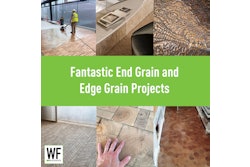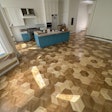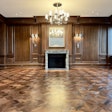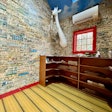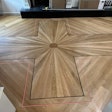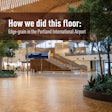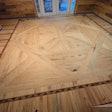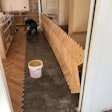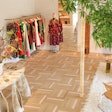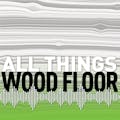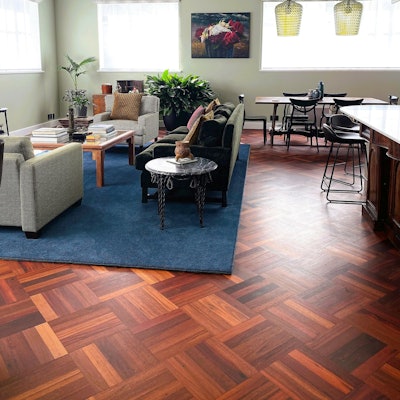
To renovate a “dated” apartment in central Wellington, New Zealand, James Henry Ltd. turned to a species native to Western Australia: jarrah. The client had seen a similar type of floor on James Henry’s website, says Chris Northmore, owner and manager of Lower Hutt-based James Henry Ltd., and he and his team have become well-acquainted with the sturdy species over the years. “We regularly import container loads of recycled jarrah from Western Australia,” Northmore says.

This particular jarrah was reclaimed framing timber, and it needed some sprucing up itself before it was ready to spruce up the Wellington unit. The team at James Henry de-nailed the pieces, cut them with a bandsaw and kiln-dried them before cutting them to length in their workshop.
The concrete subfloor at the apartment was also in rough shape, and Northmore’s team had to use a grinder before applying a vapor barrier and leveling compound. They then consulted the apartment owner on the flooring’s layout and began gluing the parquet down. “The most challenging part was installing a square-form parquet in a non-square room,” Northmore says. To achieve the pattern, they laid a “spine” down the middle of the room, diagonal to the walls, then carefully filled it in, working toward the walls.

Once the tricky install was completed, the sanding commenced. “Jarrah is a reasonably hard timber with a Janka rating of 8.5,” Northmore says. They finished the flooring with two coats of a matte oil-based finish.
The distance from the timber’s origin and the chic Wellington apartment was over 3,000 miles, but James Henry went an extra mile by also sanding and staining the space’s staircase, made of rimu, a wood species native to New Zealand, so it matched the floor. Both the floors and the apartment were made to look new, but what wasn’t new for James Henry was the end result.

“The result was a very happy client, and seeing our floor in an apartment that was so nicely finished in all other respects,” Northmore says.

















